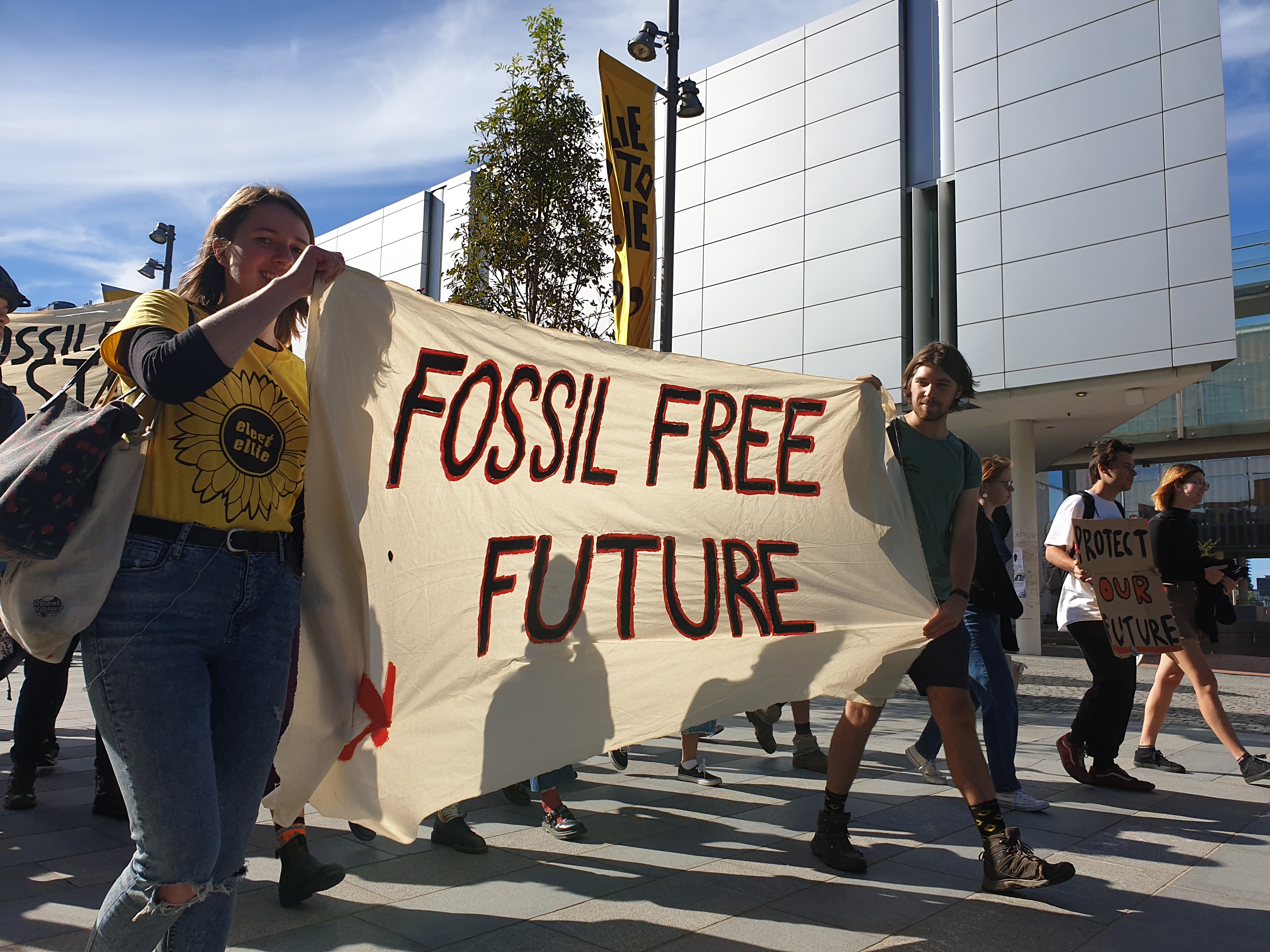The Norwegian international consultancy firm and classification society DNV GL has released its Energy Transition Outlook 2019. The document contains a number of predictions regarding the worldwide energy industry, developed through analysis of industry trends. The report predicts that despite the world’s current resources and potential to reach the 1.5°C average temperature increase target, the world is not on track to reach this goal by 2050.
According to the report, the technology required to reach the 1.5°C target exists and can be utilised with the help of increased government policy. The analysis claims that these policies are necessary to reach the Paris Agreement’s goals. The report forecasts a rapid energy transition, along with significant increases in energy demand. The transition is predicted to include renewable energy sources like solar and wind power, as well as electric vehicles which may make up half of the vehicle market by 2032. The report forecasts a steep decline in oil production and use, though gas production and use is predicted to continue growing until it reaches a peak of 29 per cent of the energy mix in 2050. Production and use of coal is predicted to continue declining rapidly. DNV GL claims that technological advancement and innovation, improvements in efficiency, and improvements in renewable systems like battery storage and solar photovoltaic systems will contribute to the acceleration of the energy transition. By 2034, the firm predicts that non-fossil fuel expenditures will exceed fossil fuel expenditures for the first time.
These transitions have the potential to bring the world to the emission levels and temperature levels set as targets in the Paris Agreement. The report also provides economic analysis, claiming that the transition would lead to significant industry cost reductions, though the industry first requires large initial investments. Despite the need for these large investments, the report claims that the transition could nearly halve total energy expenditure by 2050. However, DNV GL’s analysis of current market trends forecasts a continued increase in global temperature levels. The report research indicates that the temperature increase since industrialisation will be 2.4°C, rather than the 2°C agreed in the Paris Agreement or the 1.5°C that could be brought about through the implementation of policy and technology described by the report. According to the analysis, even if we generated all electricity from renewable sources from now until 2050, it would not be sufficient to reach the 2°C goal. Similarly, wide implementation of carbon capture technology is not predicted to be sufficient. The report claims that “Policies must be developed to tackle at least three fronts simultaneously: higher energy efficiency, more renewables, and industrial-scale [carbon capture systems]”.
Latest News
-
Private health provider awards £10,000 to arthritis research team
-
Building Society hands out £1m to tackle inequality
-
Premier League and Comic Relief partnership aims to improve children’s mental health
-
Russell Hobbs launches food poverty campaign in schools
-
Tottenham Hotspur and charities launch film to tackle mental health stigma
-
Cardfactory funds homelessness charity’s team of psychologists
© 2019 Perspective Publishing Privacy & Cookies







Recent Stories